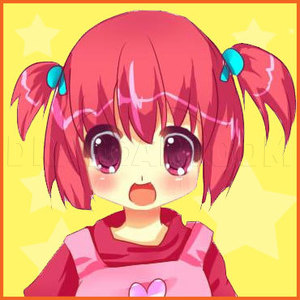1
Draw a large oval at a slight angle to form the body of the horse. Then draw a second, more elongated oval to form the head – this oval should be lying vertically and also at a slight angle, as shown.
2
Add curved indents to the oval representing the head. These indents shape the snout of the horse. Then connect the two ovals by drawing the outline of the neck. The top of the neck curves slightly and joins the top of the head-oval with the body-oval
3
Horses have large bulbous joints in their legs and it’s important to draw them in the correct location. The front legs are mostly vertical with large knee joints about halfway down the leg and then smaller ankle joints about two-thirds the way down
5
Erase most of the guidelines of the head oval and the body oval, except for the bottom of the body. Add a curved line splitting off from the bottom of the body oval and curling up between the rear legs, parallel with the rear of the horse. This repre
6
Now we can start shading. I like to do my drawings in segments and so we’ll start with the largest surface area – the body. Begin by just making a rough but even layer of shading across the body. You don’t have to make it smooth yet, just make
7
Here we smooth out the shading by dragging a cotton pad/tissue across it. I like to use small circular movements and fast left-right movements with cotton pads/tissues to do so, but there isn’t really any special technique involved and it’s quite
8
Here we smooth out the shading by dragging a cotton pad/tissue across it. I like to use small circular movements and fast left-right movements with cotton pads/tissues to do so, but there isn’t really any special technique involved and it’s quite
9
Here I have smoothed out the shading of the shadows. I’ve also added some more layers of shading and smoothed it out extensively to produce the smooth gradients of shading seen here.
10
Add some more shadows in the areas I have done so. It can get a little difficult to add layers of shading over a base layer of shading, so I used a 4B pencil (but LIGHTLY!) to develop the shadows. Also note the regions that I haven’t made darker ju
11
Domesticated horses have somewhat glossy coats which create distinctive highlights around their body. In this drawing, these highlights are mainly found on the shoulders and the hips. The highlight around the hip joint winds around the crease between
12
This shows the sort of rough shading of the shoulder area you need to do before you smooth it out. Notice how it appears darker than the smoothed out final product and also how there are more distinctive gaps between areas of shading.
13
Now smooth out the shading so that the different tones all blend together. You may have to do several layers and continually work on this area until you get it looking right.
14
Now we can start shading the legs. This is a lot easier than the body as the legs are very thin and there are no large surface areas. This makes it easier to make the shading consistent and appear smooth. Start by shading the very dark shadows on the
15
Now add some of the details around the leg joints. The important things to capture are the shadows that curve around the underside of the bulbous joints. Add some patches of darker shading here and there along the legs as well. Then shade the hooves
17
_(1)_ Begin by shading a base layer and then smooth it out with a cotton pad/tissue (not shown) _(2)_ Shade the facial features as I have done. Make sure you note that there are dark shadows around the cheeks and some darker patches a
18
_(1)_ Start by making jagged lines to form the tips of the hair _(2)_ Now shade the bulk of the hair _(3)_ Smooth out the shading _(4)_ Get a sharp 4B pencil (or darker) and draw the shadows beneath the hair.
19
Erase the shading that has spilled outside the boundaries of the horse by using a sheet of paper to cover the actual drawing as shown and then erasing in the direction of the arrow. This allows you to erase the excess shading right up to the border o
20
Finally, we start the final step of the drawing - the tail. _(1)_ Begin by roughly shading the area. _(2)_ Smooth out the shading. _(3)_ Using a sharp 4B pencil (or darker), draw the hair details of the tail. I got a little
Comments 0
Details
September 14, 2013
Description: Hello and welcome to this tutorial on drawing a realistic horse. Horses have very unusual shapes which can be difficult to draw, especially because of their muscular body and shiny fur. In this tutorial, I will show you how to draw a hyper-realistic horse. You will need HB-4B pencils, an eraser, a sharpener and cotton-pads/tissues/Q-tips.





















































































